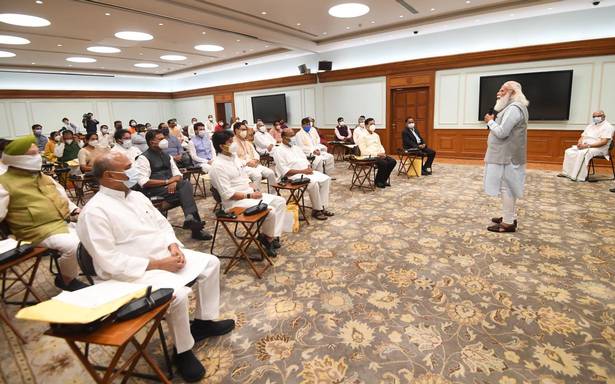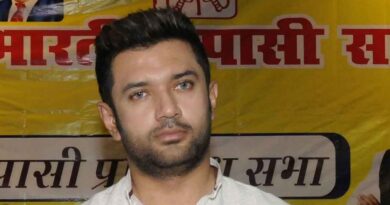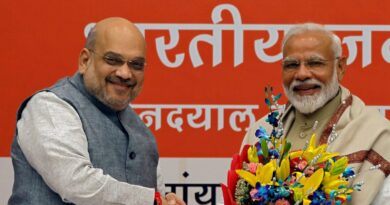A new team will help the BJP reach out to the marginalized.
The Union council of ministers sworn in on Wednesday has more representation from socially and economically backward communities, women and people with administrative and legislative experience.
The new team is being built with an eye on the forthcoming state elections and in line with the BJP’s outreach towards the socially and economically deprived sections, part of the party’s social engineering strategy.
On Wednesday, 43 ministers were sworn in. Of these, 36 are new to the council, seven are ministers of state, including some ministers of state with independent charge, who have been promoted. Of the 43, seven are women, all of whom are new to the council.
The changes and the resignation of 12 ministers from the council take the overall size of the new council of ministers to 77, excluding the prime minister. Of this, 11 are women, including finance minister Nirmala Sitharaman and women and child development minister Smriti Irani, both of whom are cabinet ministers.
There are 27 ministers from 19 other backward classes (OBC) spread across 15 states, eight from the scheduled tribes (ST) from across seven communities and eight states, and 12 from scheduled castes (SC) from across 12 communities and eight states.
Five of the ministers from OBC communities and five from SCs/STs are of cabinet rank. There are also five ministers from minority communities, including one Muslim, one Sikh, one Christian and two Buddhists, including three of cabinet rank.
“The BJP walks the talk on inclusivity. We choose to go with the constitutional definition of who can be defined as a minority, while the opposition parties only consider Muslims as minorities. It is for the first time probably that proper representation has been given to all communities,” said former MP and party spokesperson Bizay Sonkar Shastri.
The emphasis on OBCs and SCs/STs, who together account for 47 of the 77 ministers, isn’t surprising. The BJP’s success in many states has come from consolidating the traditionally fragmented Hindu vote across OBCs and by appealing to SCs/STs. Three of the four ministers inducted from West Bengal—Cooch Behar MP Nisith Pramanik, Alipurduar MP John Barla and Bongaon MP Shantanu Thakur—are from SC/ST communities.
However, Shastri said that electoral compulsions are not the reason for the representation to backward and socially deprived sections. “The BJP’s mantra is Sabka Saath, Sabka Vikas and Sabka Vishwas. By giving proportionate representation to OBCs, SCs and STs in the council, we have followed our mantra. The decision also gives people confidence that Prime Minister Narendra Modi believes in social justice and when given a chance delivers on it too,” said Shastri, who is also a former chairman of the National Commission for SCs and STs.
The average age of the council of ministers is now 58 years, against the average age of the previous council of 61 years. In all, 14 ministers are under the age of 50. Of these, six are of cabinet rank. Pramanik is 35, Thakur 38 and Mirzapur MP Anupriya Patel 40.
According to people aware of the thinking behind the reshuffle, ministers were also chosen based on their administrative experience to address gaps that have emerged in key areas.
The new council also addresses the electoral need of states going to the polls in 2022. Of the 36 new faces, seven are from Uttar Pradesh and three, including one new and two elevated, are from Gujarat, two important states that will vote for new Assemblies



